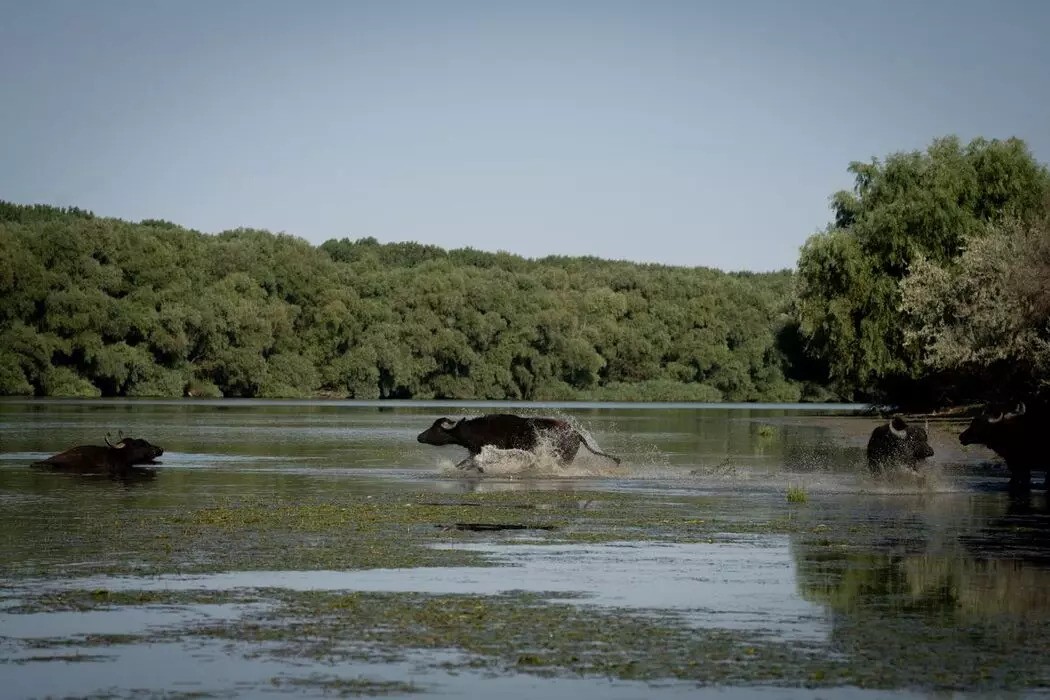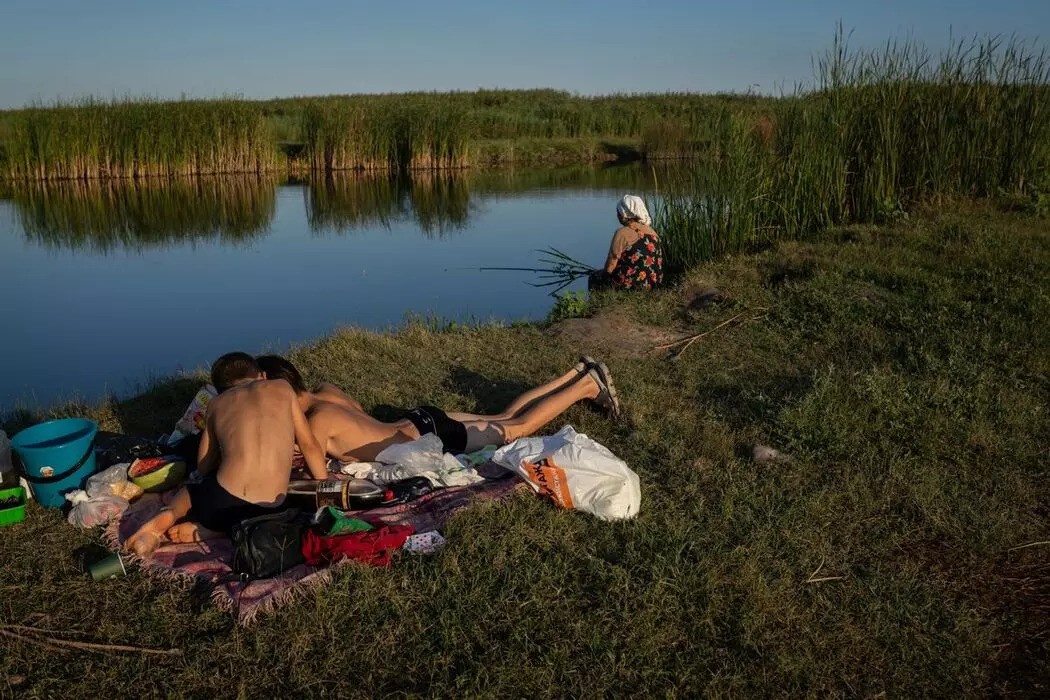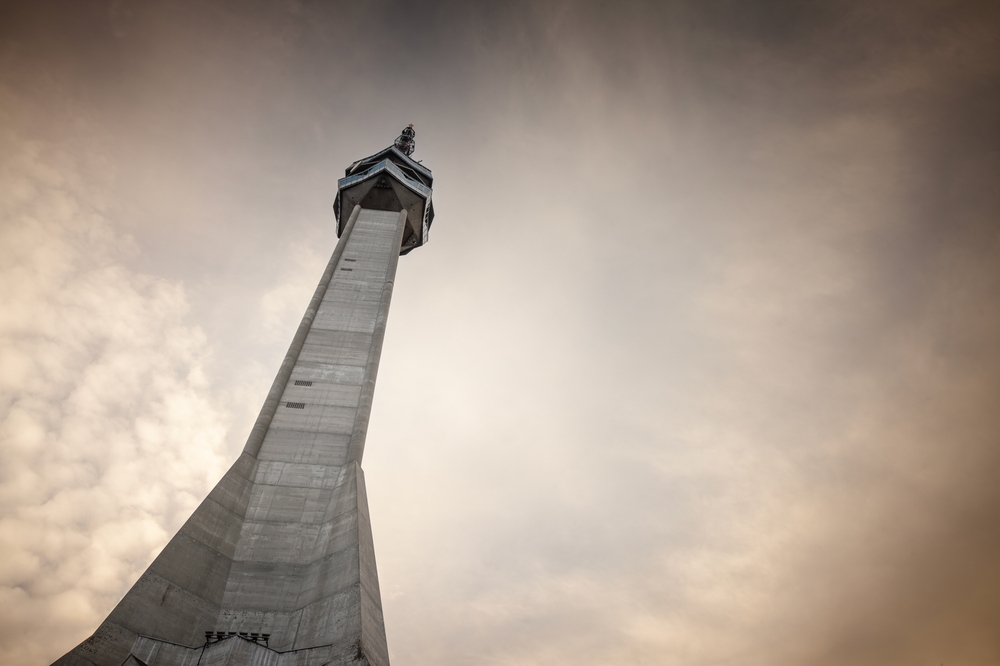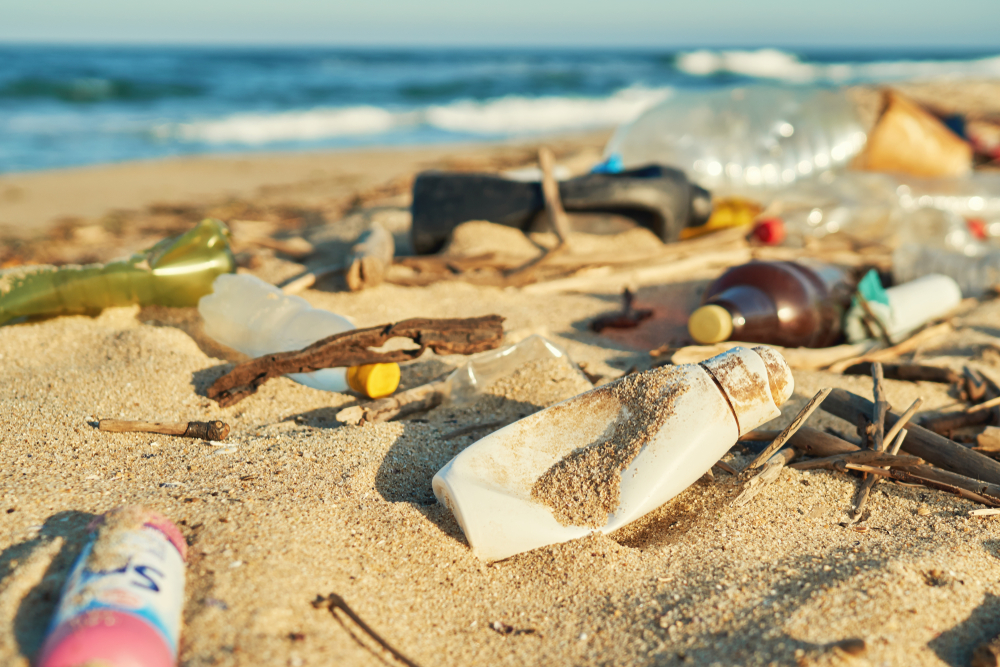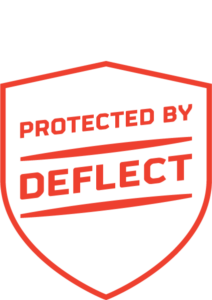Nature under siege: a story from the border between Ukraine and Romania
The Russian invasion of Ukraine has also seriously endangered the natural heritage of the attacked country: among the areas most at risk is the Danube Delta on the border with Romania, today subjected to unprecedented ecological pressure. A report
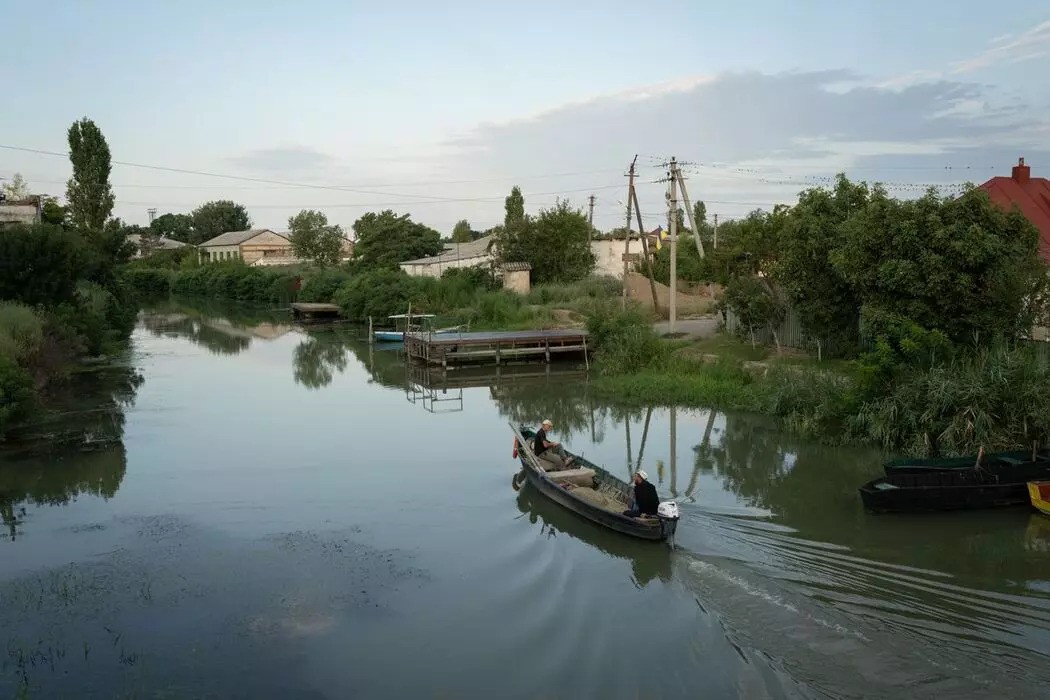
Natura-sotto-assedio-una-storia-dal-confine-tra-Ucraina-e-Romania
Photo by Andreea Câmpeanu
The Danube Delta, a UNESCO World Heritage Site straddling Ukraine and Romania, is under unprecedented ecological strain. As consequences of the war are echoing far beyond the frontlines, environmental scientists and conservationists are documenting a parallel, quieter crisis: the unravelling of a fragile natural sanctuary.
Vylkove, a sleepy Ukrainian town at the water’s edge, has long been known for its winding canals and wooden homes. Often referred to as the "Venice of the Danube," it sits near the border with Romania, facing a peaceful stretch of forest across the river. Yet, that tranquility was shattered by the Russian invasion in February 2022. Just a few dozen kilometres from the embattled Snake Island, the town has since become a militarised zone.
“The coastline was bombed. All the fishermen’s huts were destroyed,” says Tetiana Balatska, a biologist who has spent 24 years working in the Danube Delta Biosphere Reserve. She now monitors the delta’s condition through satellite images. “The Ukrainian side of the delta is heavily restricted,” the expert continues, “we can’t fully assess the ecological damage.”
Despite the upheaval, Tetiana continues her conservation work. She recently led an environmental education camp on the Romanian side of the border for children from Ukraine, Moldova, and Romania. The initiative was run with Rewilding Ukraine, part of a broader European effort to reintroduce native species and restore degraded wetlands.
Islands under environmental threat
One of the major success stories is Ermakov Island, a 2,300-hectare river island that has been transformed through the introduction of water buffalo, wild horses, and roe deer. But even here, the war casts a shadow. Russian drone strikes on Ukrainian Danube ports, including occasional hits near Vylkove, threaten the area’s stability.
“The animals are probably stressed by the explosions,” Tetiana notes.
Access to Ermakov is now limited to military personnel or those with special clearance. Buffaloes still gather at the shoreline or wade into the cooling river, their presence a testament to nature’s resilience.
“These species are a good fit for this environment,” says Mykhailo Nesterenko, Rewilding Ukraine’s project leader, now working from the Netherlands.
“They help reshape the landscape,” he continues, “Their grazing opens clearings that attract birds and other wildlife. They’re rebuilding the wetlands from within.”
The difference is measurable. “We can clearly see that islands without these reintroduced species are less biodiverse,” Mykhailo adds.
Romania, which shares stewardship of the delta, has also stepped up its conservation efforts. Romanian scientists and institutions, such as the National Institute for Marine Geology and Geoecology (GeoEcoMar), are now essential partners in cross-border research. Yet even here, the war complicates things.
“Our research capacity is limited by the threat of drifting mines in the Black Sea,” says Adrian Stanica, GeoEcoMar’s director. His team is working alongside Ukrainian and European partners on DOORS Black Sea, an EU-backed project aiming to create a "digital twin" of the sea—a virtual replica that combines satellite data, AI modeling, and sample collection.
“It allows us to simulate and monitor the ecosystem remotely,” Adrian explains, “Eventually, we won’t need to be physically present to understand what’s happening beneath the surface.”
Addressing the problems
Back near Izmail, another Ukrainian city on the Danube, conservationists are reconnecting lakes that had been cut off during the Soviet era. These artificial barriers, built for irrigation, disrupted natural water flow and led to severe degradation.
“By reopening these channels, we allow fish to migrate and lakes to ‘breathe’ again,” says Mykhailo. But, as he points out, human resources are now limited. “Most of the workers who would help dig the canals are either gone or serving in the military,” the expert continues.
Still, these efforts are embraced by locals. At one such restored lake, children swim while adults cast fishing lines into the dusk. “Conservation brings hope,” Mykhailo says, “Communities want these projects—they offer something constructive amid the destruction.”
Meanwhile, the wider Black Sea is facing its own environmental catastrophe. Ukraine has sunk nearly 30 Russian warships, and the wrecks—along with leaking fuels—have turned parts of the sea into ticking ecological time bombs. In September 2023, Ukraine regained control of the Boyko Towers, oil platforms occupied by Russia since 2015. Fires sparked by clashes had already been burning there since mid-2022.
The Black Sea amid the war
According to Ukraine’s Ministry of Environmental Protection, the war has inflicted more than €7 billion in environmental losses in the Black Sea region alone. The destruction of the Kakhovka Dam in June 2023—blamed by Ukraine on Russian forces—worsened the crisis, sending a deluge of freshwater into the sea. The resulting drop in salinity, combined with pollutants, triggered massive blooms of cyanobacteria.
“Almost 70% of the mussel population off Odesa was wiped out,” says Olena Marushevska, a researcher with the EU’s Black Sea Assistance Mechanism.
“And there’s rising concern about heavy metal contamination that could linger for years,” she adds.
In December, Ukraine opened proceedings at the International Criminal Court to charge Russia with “ecocide.” But measuring war-related environmental damage remains a daunting task. “Much of the affected area is mined or under occupation. We rely heavily on satellites—but it’s not enough,” Olena says.
While Romania offers a relatively safer space for research, the war’s ripple effects cross the border in more ways than one. The Danube Delta’s biodiversity, water quality, and migratory routes span both countries, making cross-border collaboration not just valuable, but essential.
Even amid war, nature clings to resilience. In some areas where shipping and fishing have halted, wildlife is beginning to return. “In the absence of human interference, ecosystems recover surprisingly quickly,” says Mykhailo.
Yet, as scientists on both sides of the border agree, long-term protection of Europe’s largest remaining wetland will require more than hope—it will require peace, access, and continued cooperation across nations.
This report was produced with the assistance of a grant from The Europe-Ukraine Desk of the n-ost association, with financial support from the European Union. The content of this publication is the sole responsibility of the journalists and can in no way be regarded as reflecting the position of the European Union.
Tag:
Read more
14/12/2004, Risto Karajkov
24/01/2005, Risto Karajkov

